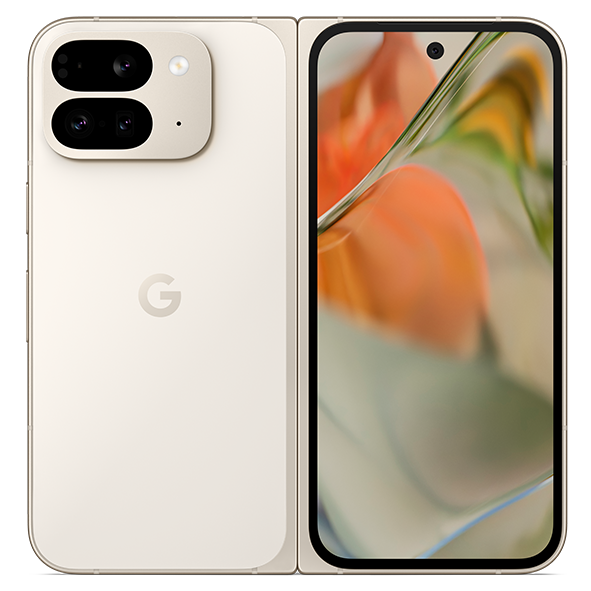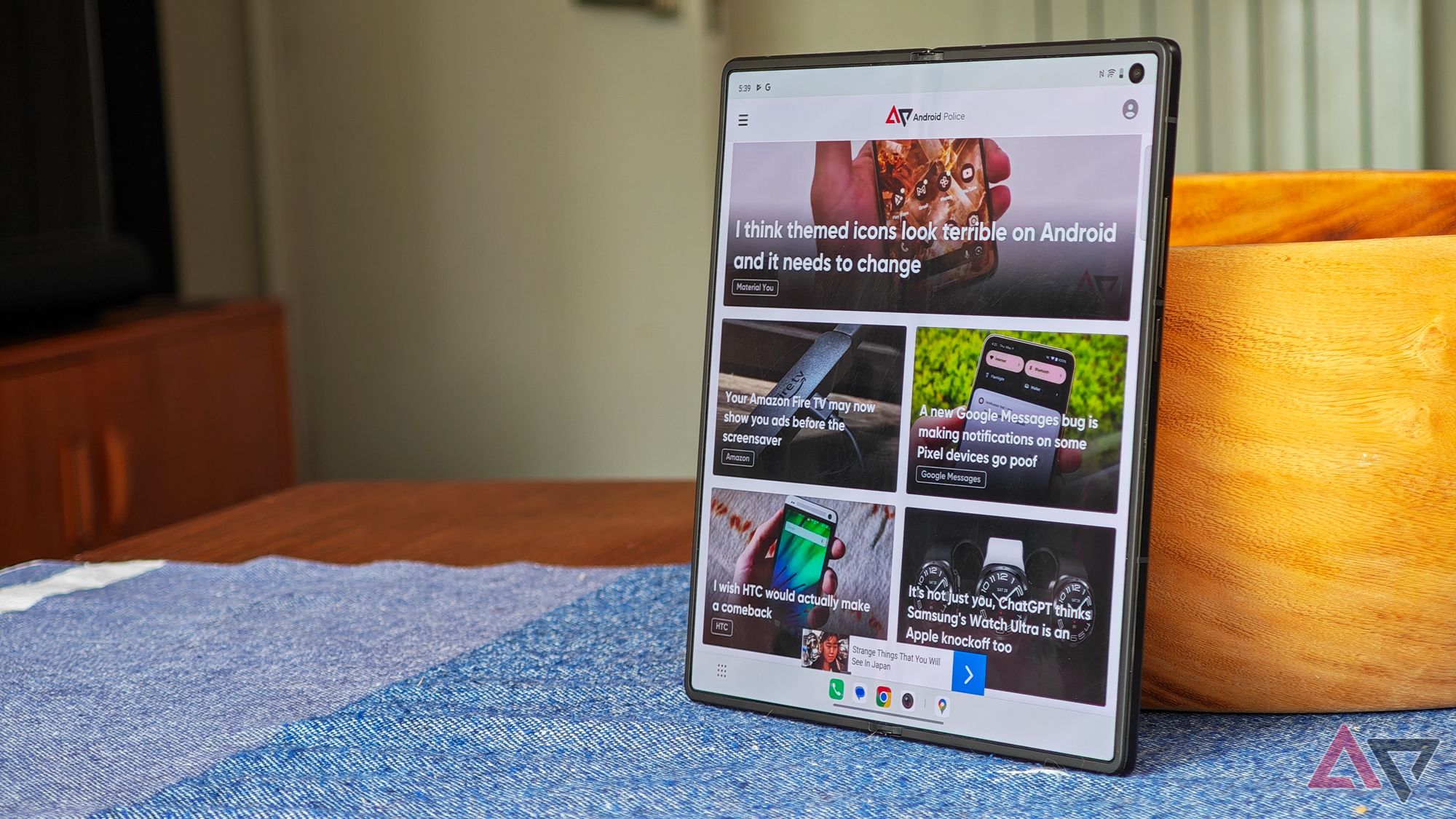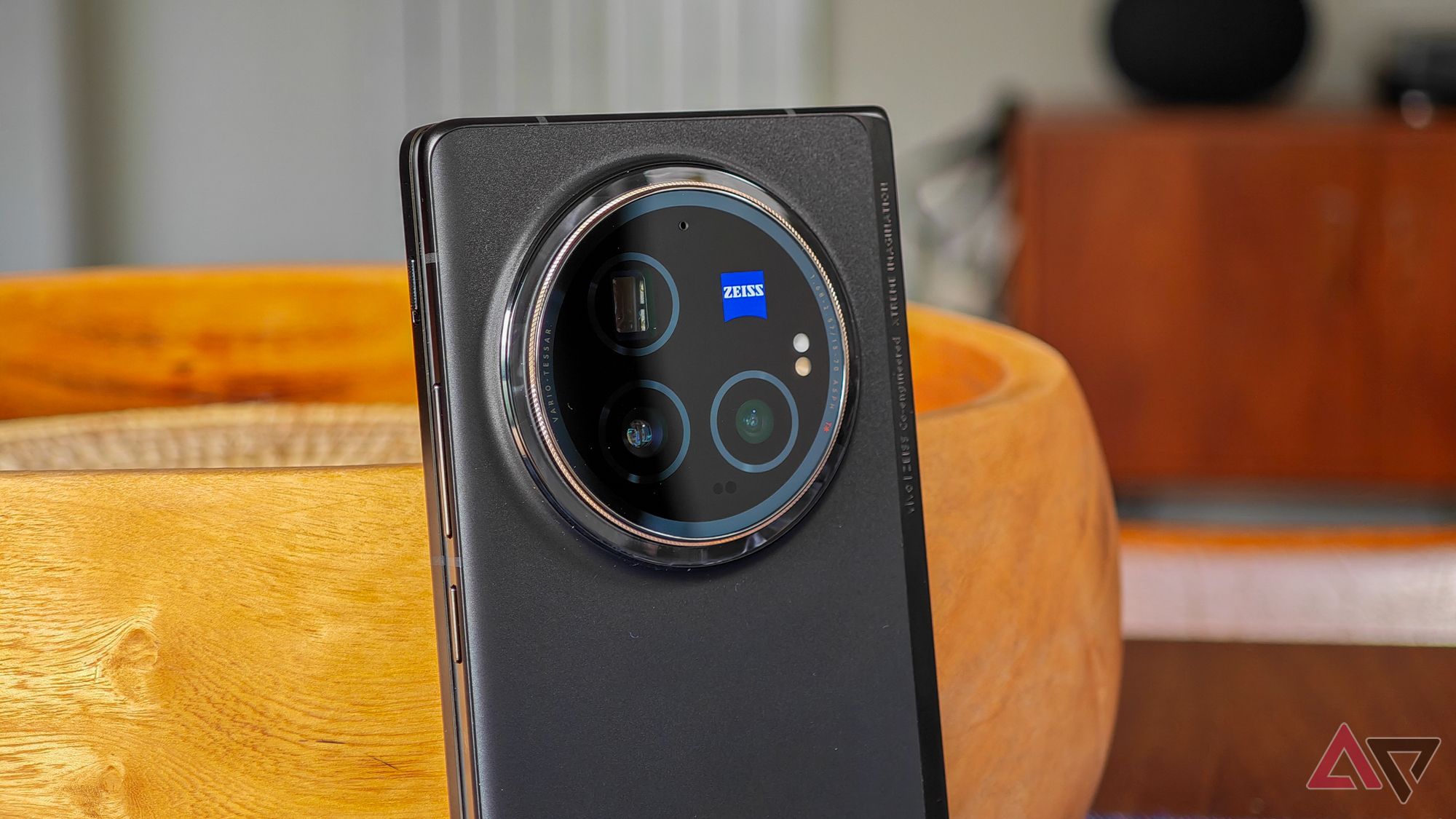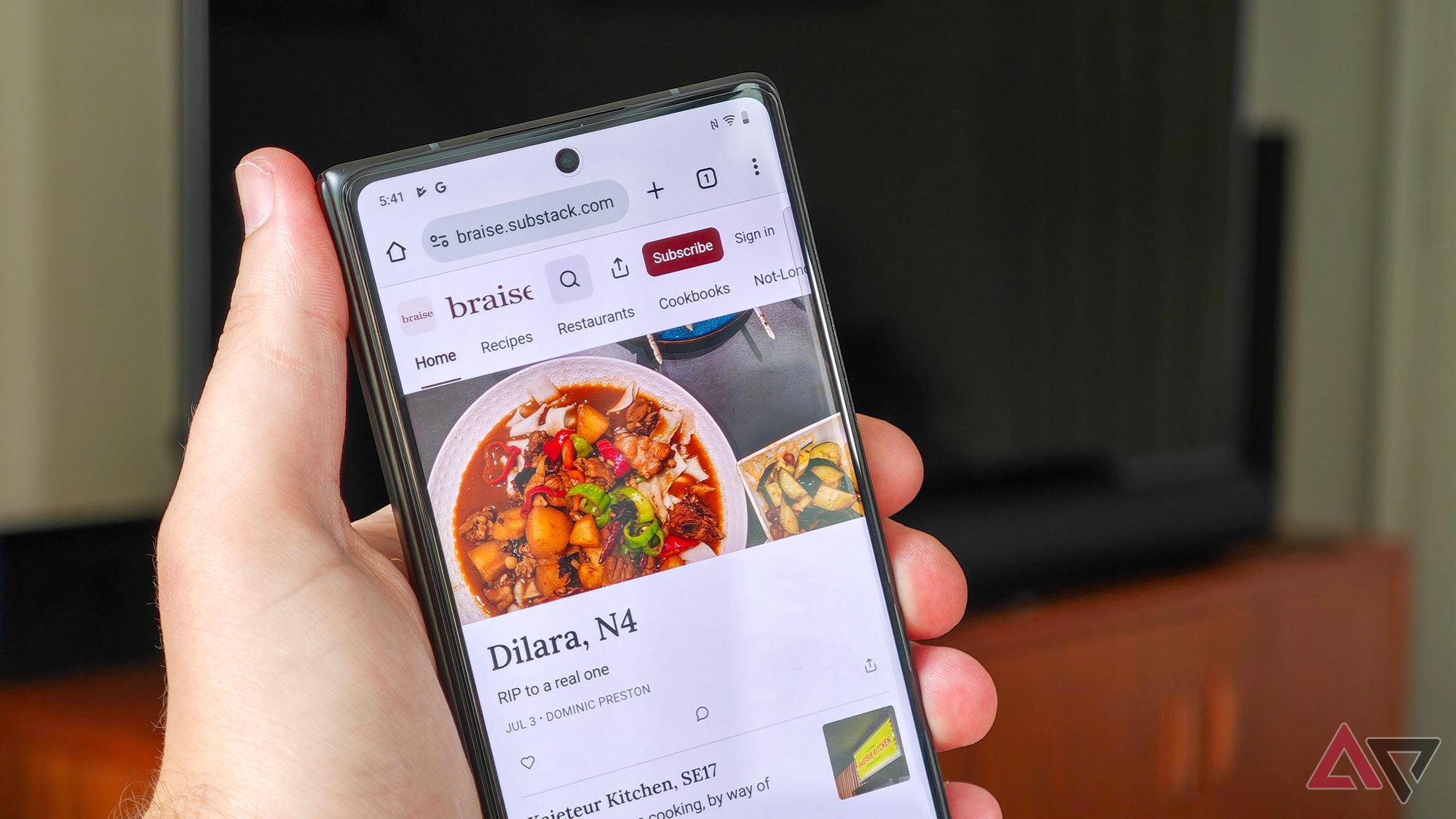Foldable phones are an exercise in compromise.
For understandable reasons — broadly, space and price — phones that fold in half have to give something up along the way. It means that if you buy a folding phone you can expect worse cameras, shorter battery life, and slower charging than you’d get from a slab.
It doesn’t have to be that way though. The Vivo X Fold 3 Pro is the first foldable I’ve used that really feels like a flagship, a phone every bit as good as the company’s X100 Pro. It just happens to fold in half too.
The X Fold 3 Pro feels fully flagship
This is a phone (almost) without compromise
I’ve been using the X Fold 3 Pro on-and-off for a month or two now, but it’s been in my head ever since Google unveiled the Pixel 9 Pro Fold. The company’s second foldable looks to have received some meaningful upgrades since the first Pixel Fold — especially its much slimmer design — but it looks a little less impressive when you set it against the Pixel 9 Pro XL. The cameras are lower resolution, the battery capacity smaller, the charging speeds slower.
It’s a comparison Google invited by rebranding its foldable to be another 9 Pro, and not a favorable one. Ignore the bendy screen and, spec for spec, this is clearly the runt of the litter. Even the regular Pixel 9 outpaces it if you don’t mind losing the telephoto camera.
By contrast, Vivo’s X Fold 3 Pro is a remarkably close match for Vivo’s other X100 Pro and X100 Ultra slab flagships. It has a bigger battery than either, and charging matches the Pro and beats the Ultra. Its Snapdragon 8 Gen 3 matches the Ultra and all three phones offer the same main RAM and storage options. Sadly, like those phones it’s also not releasing at all in the US.
Even the display on the Fold 3 Pro holds up; its 120Hz LTPO main screen is on a par with its two siblings, and at 4,500 nits peak capacity, it’s actually the brightest of the three too.
What’s the catch?
Even this foldable has its downsides
So what does it compromise on? The first thing is thickness. At 11.2mm thick when folded, the X Fold 3 Pro is 2mm thicker than either Vivo slab phone. It’s also clearly chunkier than the Pixel 9 Pro Fold, not to mention the 9.5mm Xiaomi Mix Fold 4 and the 9.3mm Honor Magic V3, both of which are surely pushing the physical limits of how thin a foldable phone can get.
I’ll be honest though: I don’t really care. The X Fold 3 Pro may not be the thinnest foldable around, but it’s certainly thin enough. I’ve never once been annoyed that the phone feels too thick, especially since it’s a moot point every time you open up to the big display. It helps that at 236g it’s no heavier than the biggest slab phones, which I find matters much more when it comes to a phone feeling bulky.
Beyond size and heft, about the only room for compromise left is the camera, but even here there’s not much in it.
Vivo has managed to fit in a triple rear camera that comes close in performance to its X100 Pro flagship. In fact, both phones even share the exact same 50MP ultrawide lens.
The other two rear lenses aren’t exact matches, with the foldable’s 50MP main camera using a slightly smaller sensor than the X100 Pro, and its 64MP telephoto hitting 3x zoom rather than 4.3x. There’s an even bigger spec gap when comparing it to the Ultra, with its 200MP telephoto lens, but I’ve used the Pro, so I can compare it more directly.
What matters here is that Vivo has done a remarkable job making sure that its foldable doesn’t feel like a downgrade from its Pro-level slab phone. There may be a small spec gap across the lenses, but the final photos are remarkably close in quality. I’ve used the X Fold 3 Pro to shoot nights out, my cats, and dinners in dimly lit restaurants, and this is the first foldable that hasn’t made me wish I had another camera on hand.
I run a food and drink Substack on the side, and the Xiaomi 14 Ultra has become my go-to camera to shoot food on the go. When I review other phones, I tend to keep the Xiaomi on hand purely as a camera, but with the Fold 3 Pro, I’ve been happy to leave the 14 Ultra at home.
While Xiaomi, Honor, and now Google have been pushing new boundaries in slimming their foldables down to the size of regular phones (while Samsung has apparently decided its work is already done), Vivo has mostly accepted that a little heft is to be expected, and a price worth paying to squeeze in superior specs.
I think the company is right, and that’s why I won’t mind if next year’s Pixel 10 Pro Fold is a little thicker, so long as it feels like it earns that ‘Pro’ name. We pay flagship prices for foldables, so it’s about time we got flagship specs in return.

Google Pixel 9 Pro Fold
Google’s foldable series now has a new name! The successor to the 2023-released Pixel Fold is the Pixel 9 Pro Fold, starting at $1,800. The Pixel 9 Pro Fold boasts a bigger eight-inch Super Actua inner display, paired with a 6.3-inch outer display. It is powered by Google’s new Tensor G4 chipset, paired with 16GB of RAM and a Titan M2 security coprocessor, making it faster than its predecessor, at least on paper.
Source link





